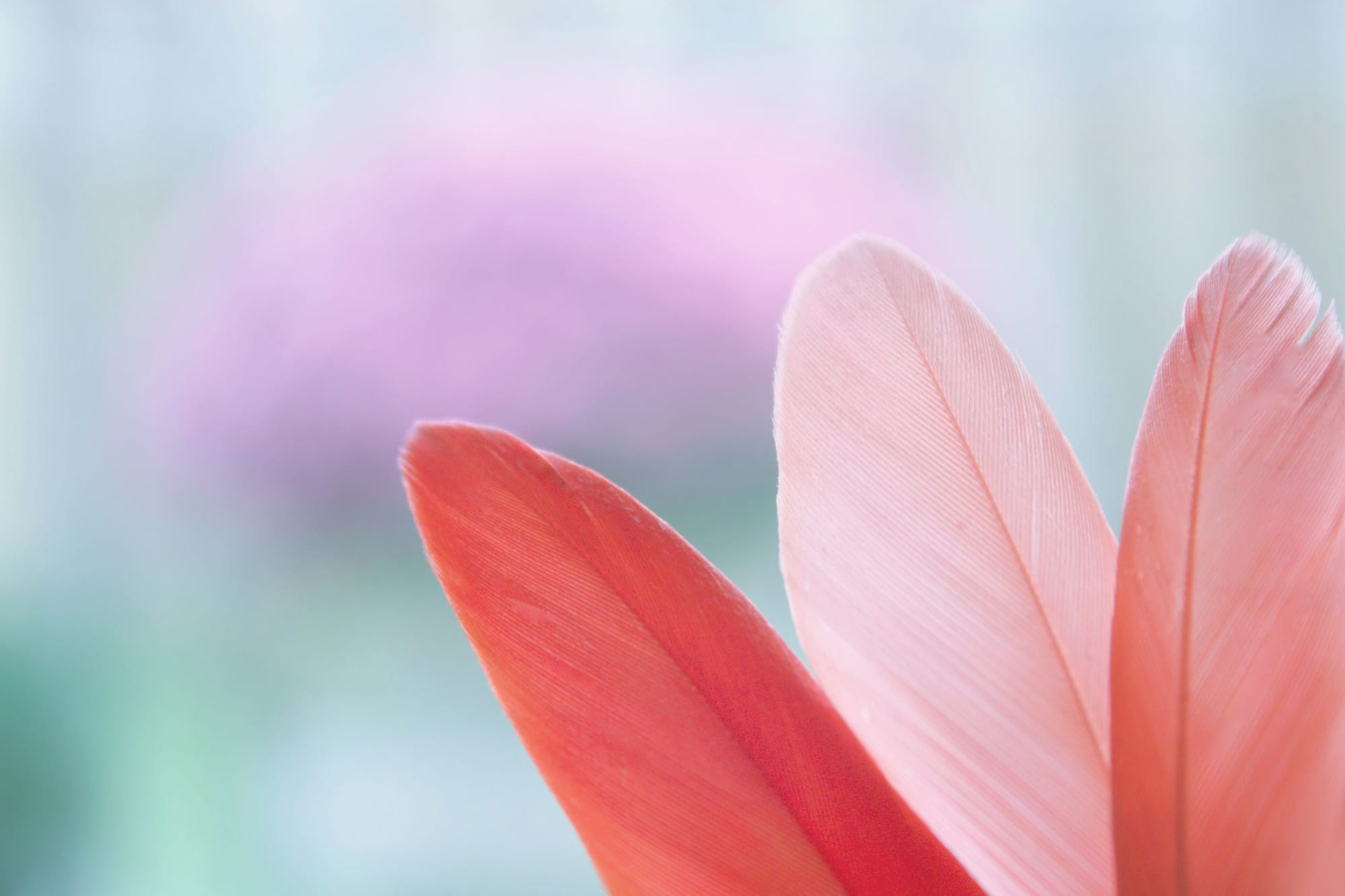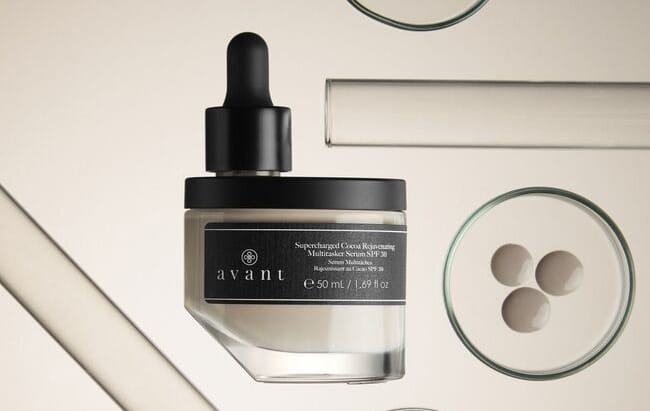Shedding the weight - How luxury is embracing lightness and sustainability

Les points-clés en français au bas de l'article
A few weeks ago, beverage giant Diageo unveiled the lightest standard-sized glass spirits bottle ever produced. The special-edition 700ml Johnnie Walker bottle weighs just 180 grams, compared to the typical 500 grams. To minimize weight, the bottle’s design was informed by the natural shape of molten glass as it emerges from the furnace, resulting in a teardrop form with a rounded bottom and concave neck.

Since it lacks a flat base, the bottle cannot stand upright on its own, prompting the addition of a bamboo “cage” to protect and present it. This design choice sparked criticism, with some commentators describing it as "a container that can't stand alone, requiring a wooden prosthesis to exist." As a side note, Philippe Starck’s metallic "brain" whisky cases faced comparable criticism — perhaps more justifiably in my view .
Admittedly, the Johnnie Walker bottle design isn’t a perfect solution, nor is it scalable — each bottle must be handcrafted and hand-filled. However, it represents a pioneering step towards new possibilities. Diageo has made the patent freely available for other companies interested in refining and improving it.
One could also argue that the bamboo “cage” introduces a form of positive friction, reminiscent of the ancient amphora, which also needed special stands for stability. This added ritual of unveiling and handling the bottle enriches the drinking experience, something that’s notably absent in Diageo’s current trials of paper-based bottles.
More importantly, this lightweight design signals a broader shift in luxury codes. As Bénédicte Epinay, CEO of Comité Colbert, points out, luxury was traditionally associated with weight — thick business cards, heavy packaging, and abundant materials conveyed quality.
Yet, in the face of climate change, luxury is evolving. The emphasis is shifting from material opulence to resourcefulness and subtlety, with lightness becoming a hallmark of sophistication, much like the delicacy of fine china.
Eco-desirability: Sustainability as Luxury
This trend reflects a growing movement where sustainability enhances desirability. Two other inspiring examples:
Spirits: Champagne Telmont’s “193,000 Shades of Green” features one-of-a-kind bottles made from otherwise unwanted glass, each uniquely colored

Beauty: Avant’s Supercharged Cocoa Rejuvenating Multitasker Serum uses upcycled ingredients from industrial waste, with packaging designed to maximize product usage by being positioned at an angle as it empties

As Shiseido reminds us, “Think Mottainai”— use only what’s necessary and nothing more. Lighter, smarter resource use is indeed the future of luxury.
-----------------------------------------
En français :
- Diageo a conçu la bouteille de spiritueux la plus légère au monde (180 g contre 500 g de poids moyen) pour son Johnnie Walker Blue Label.
- Pour cela, les designers ont utilisé une méthode de fabrication qui s'adapte à la forme naturellement prise par le verre qui sort du four, d'où une bouteille en goutte d'eau — qui nécessite un support et qui lui a attiré de nombreuses critiques, bien que ce dernier puisse aussi être perçu comme un élément qui ajoute au plaisir du rituel
- On constate un glissement dans les codes packaging du secteur du luxe : traditionnellement associé aux notions de poids et d'épaisseur (étoffes, cartes de visites) qui étaient des gages de qualité, le luxe s'allège.
- Désormais, ce sont l'inventivité, la créativité et la légèreté qui sont la marque du packaging de luxe, comme en témoignent les exemples des 193 000 nuances de vert de la maison de Champagne Telmont et du sérum Avant